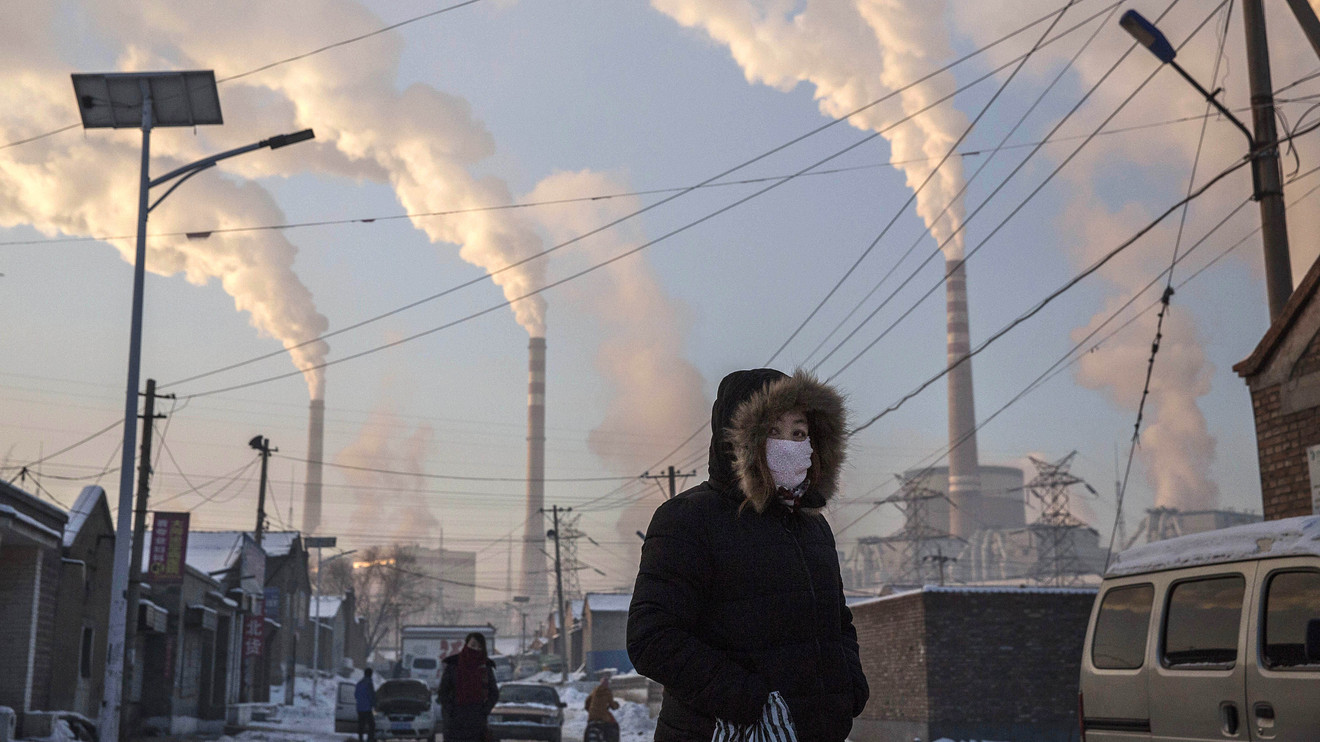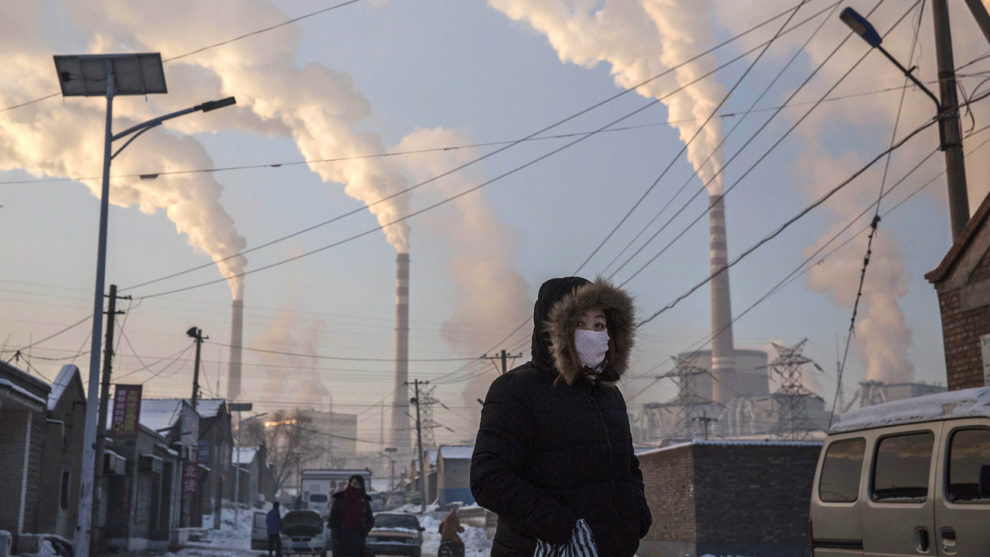
U.S. stocks tumbled Friday, with the Dow and S&P 500 index recording their biggest one day falls since August, as fears that Chinese coronavirus epidemic would slow economic growth rattled Wall Street.
A busy week of mixed U.S. corporate earnings reports preoccupied investors, with shares of bellwether Caterpillar slumping while shares of Amazon.com soared after delivering strong quarterly results.
What did major indexes fare?
The Dow Jones Industrial Average DJIA, -2.09% shed 603.41 points, or 2.1%, to settle at 28,256.03. The S&P 500 SPX, -1.77% lost 58.14 points, or 1.8%, ending at 3,225.52. The Nasdaq Composite Index COMP, -1.59% retreated 148 points, or 1.6%, closing at 9,150.94.
After all three benchmark indexes saw record highs earlier this month, for the year to date the Dow is now down 0.99% and the S&P 500 is down 0.16%, while the technology heavy Nasdaq index is still up 1.99%.
What drove the market?
The Dow and S&P 500 index erased their gains for 2020 to date after President Donald Trump late Friday declared a U.S. public health emergency in response to the coronavirus outbreak in China, ordering up to a 14-day quarantine for citizens returning from China’s Hubei province and denying entry to some foreigners.
The latest figures from China’s National Health Commission say that at least 213 people have died and about 9,700 have been sickened. The number of people sickened by the new coronavirus in China now exceeds the global total infected with severe acute respiratory syndrome, or SARS, which killed nearly 800 people after emerging from southern China in late 2002 and spreading into 2003, but so far the death toll from the current epidemic is lower.
Delta DAL, -2.38% and American Airlines AAL, -3.17% halted flights to China after the U.S. government warned travelers to avoid the nation even though the World Health Organization refrained from recommending curbs on travel or trade when declaring a global health emergency on Thursday.
“It’s certainly the virus concerns. What we are seeing is an unknown, and whenever there is an unknown, the market is vulnerable to pullbacks, especially when you have a full valuation market,” Joe Saluzzi, co-head of equity trading at Themis Trading, told MarketWatch.
Saluzzi says equity investors also could be “taking cues from the bond market.” Low long-dated Treasury yields paint a dour forecast for global economic growth, and suggest a potential spillover into the U.S. economy, which so far has managed to shrug off international headwinds.
The epidemic will likely cut U.S. economic growth by 0.4 percentage points in the first quarter as the number of tourists from China plunges and exports to the Asian nation slow, according to Goldman Sachs Group Inc.
The 10-year Treasury note yield TMUBMUSD10Y, -5.02% slipped to 1.521%, its lowest since Oct. 4. The drop in the benchmark note’s yield below the 3-month Treasury bill rate TMUBMUSD03M, -0.83%, inverting the so-called yield curve, has fed worries that the U.S. is exposed to a global growth shock.
Check out: Why government bonds are still best hedge as coronavirus fears rock stocks — in one chart
Federal Reserve Vice Chairman Richard Clarida said Friday he wasn’t worried the yield curve’s latest inversion signaled pessimism about the U.S. economy, rather he said it pointed to global unease about the coronavirus, in a Bloomberg Television interview.
“I definitely think investors should hold tight,” Chris Gaffney, president at EverBank World Markets told MarketWatch, about urges to buy the dip. “There is certainly some opportunity in some big names as they trade off,” he said, but cautioned that volatility is likely to remain high until there is a clearer sign of containment of the virus. “It sounds like we are marching in that direction.”
Investors now await the reopening of Chinese financial markets on Monday after an extended Lunar New Year holiday and fear a catch up sell off which may prompt another round of selling in global stocks. As an example of how extreme the selling could be, the Shanghai equity benchmark fell almost 6% in May last year on negative trade-war news when it resumed trading following a holiday break.
See: Investors brace for vicious plunge in Chinese stocks when exchanges re-open
Which companies were in focus?
- Shares of Amazon.com Inc. rose 7.4% after the e-commerce juggernaut reported renewed earnings growth in the holiday quarter.
- Apple Inc., shares lost 4.3%, its biggest one-day drop in at least five months, potentially due to concerns about the technology giant’s large exposure to China and its fast-spreading virus.
- Dow component Caterpillar Inc. CAT, -2.97% reported a fourth-quarter profit that came in well above expectations, but sales fell short and the construction- and mining-equipment maker offered a downbeat outlook. Shares fell 2.97%.
- Shares of Dow component Chevron CVX, -3.82% fell 3.8% after revenues fell short of Wall Street estimates. While, oil giant Exxon Mobil Corp’s XOM, -4.12% stock, also a member of the Dow, was down 4.1%, after its fourth-quarter profit and revenues came below analyst forecasts.
- International Business Machines Corp. IBM, +5.09% late Thursday said Chief Executive Ginni Rometty will retire at the end of the year and would be replaced by Arvind Krishna, currently IBM senior vice president for cloud and cognitive software. Shares were up 5%
- Honeywell International Inc. HON, -2.87% on Friday reported consensus-beating fourth quarter profit while sales fell a bit shy. Shares of the aerospace and industrial company’s shares were down 2.9%.
What’s was on the economic calendar?
In economic data, the eurozone showed the region grew a seasonally adjusted 0.1% in the fourth quarter, with gross domestic product expanding by 1% year over year. Economists were looking for 0.2% quarterly growth pace.
Meanwhile, U.S. consumer spending rose modestly in December to cap off a decent holiday shopping season, but the increase in outlays in 2019 was the smallest in three years, the government reported. Fourth-quarter employment costs in the U.S. rose 0.7% in the fourth quarter, but the increase in wage and benefits for the full year of 2019 slowed to a 2.7% pace.
The January Chicago purchasing manager index slumped to 42.9, from the previous month’s 48.9, an indication of the lingering weakness in manufacturing. This month’s consumer sentiment index reading rose to 99.8, slightly above analysts’ consensus forecast of 99.1.
How did other assets trade?
In commodity markets, West Texas Intermediate crude for March delivery CLH20, -0.98% on the New York Mercantile Exchange fell 58 cents, or 1.1%, to settle at $51.56 a barrel, marking its worst monthly loss since May. Gold for April delivery GCJ20, +0.26% on Comex lost 0.1% to settle at $1,587.90 an ounce, easing back from its highest level since 2013.
The ICE U.S. Dollar Index DXY, -0.52%, which tracks the dollar’s strength against a basket of rival currencies, edged 0.5% lower.
European stocks saw their biggest monthly decline since August. The Stoxx Europe 600 index SXXP, -1.07% lost 1.1% at 410.71.
Japan’s Nikkei NIK, +0.99% rose 1% to 23,205, shedding 1.9% for the month, the Hong Kong’s Hang Seng Index lost 0.5% at 26,312, putting it 6.7% lower for January, according to Dow Jones Market Data. China’s financial markets reopen Monday after the extended Lunar New Year holiday.











Add Comment